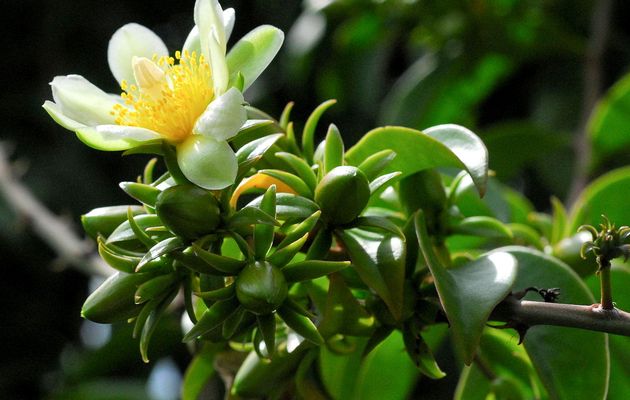
Researchers on Friday released several small Brazilian bugs into the wild, marking the start of a campaign to halt the spread of an alien invasive plant infesting large areas of South Africa's north-east coast.
Known to entomologists as Catorhintha schaffneri, the yellowish-brown insect, about half the size of a human thumb, feeds on Pereskia aculeata, a type of primitive cactus indigenous to South and Central America.
A century and a half ago, pereskia was brought into South Africa as a botanical curiosity. The fast-growing invasive weed took a great liking to the warm sub-tropical coastal region between Port St Johns and the Mozambican border, where it now infests large areas.
Which is why Rhodes University lead researcher Dr Iain Paterson has been studying the Brazilian bugs for the past seven years -- and rearing them in large numbers since 2012 -- after receiving permission to do so from the agriculture, forestry and fisheries department.
On Friday afternoon, Paterson released some of them for the first time, with official approval, on the campus.
In a statement, he said the small creatures -- which he has dubbed stem-wilters -- feed exclusively on the growing tips of pereskia plants, stunting their growth and reducing their ability to compete with other plants.
He described the bugs as the "perfect biological control agent" because they have no interest in any indigenous plant or crop.
"After many years of research, it is now clear that the pereskia stem-wilter can only survive on pereskia, and will die if it is forced to feed on any other plant... it will feed on pereskia only, and will not harm any indigenous plants or crops," he said.
Pereskia is a spiny vine with slender branches and pretty cream-coloured flowers, but it kills indigenous plants, including large forest trees, by climbing up and smothering them, to the extent that they collapse under the weight of the invader.
It grows in ecologically sensitive and difficult to access areas, making it difficult to control through herbicides and physical removal.
The plant can also reproduce from small fragments, so after clearing operations the tiny fragments of the plant that are left behind will grow into new plants.
Paterson said efforts were now under way to "mass rear" the stem-wilter bugs.
He said on Friday that the next step would be to release stem-wilter eggs -- about 500 at each site -- at "as many sites as possible" across the pereskia-infested region.
Article Source: Times Live
